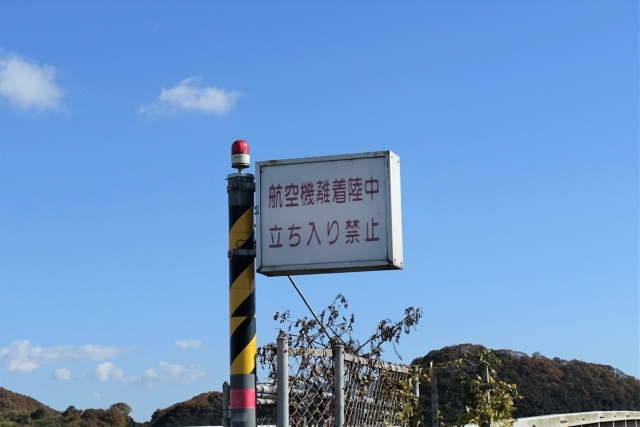
The sign above reads: “No entry during takeoff and landing.“
Not a lot of people can say they’ve driven their car on an airport runway before, but did you know there’s a place where you can legally do that in Japan? It’s a rare spot located in Kasaoka City, Okayama Prefecture, where a road sandwiched between rice fields will lead you onto the runway at Kasaoka Fureai Airport.
Our Japanese-language reporter Haruka Takagi ventured out to find the road that intersects the runway, and when she arrived at the intersection, she saw it came with a gate and a warning sign.
The warning sign reads:
▼ “No entry during takeoff and landing.“
That isn’t a sign you usually see directed at traffic on a public road, but it’s necessary at this location, because once you cross this bridge, you’ll wind up here:
▼ Yes — crossing an airport runway.
The photo below shows how the road crosses over the runway, with metal rods on either side to keep you on course.
The runway is quite small, measuring 25 metres (82 feet) wide and 800 metres in length, but it’s played a vital role in the community for decades. According to this booklet, the airport was completed in 1991 and used to transport local agricultural and marine produce, such as peaches, grapes, roses, fish and shellfish, to seven locations nationwide by air.
The airport was initially named “Kasaoka Fureai Airport” but more recently it’s been rebranded as “Kasaoka District Farm Road Airport”, or simply “Kasaoka Air Station“.
▼ The “Kasaoka Fureai Airport” sign, with its cute plane and rainbow, still looks out over the surrounding farms.
Sadly, the airport is actually closed as of 2021, as transporting produce by land is now more cost-efficient than flying, but the airport and its runway are still used for events today.
Haruka was curious to find out more about the unusual stretch of road that intersects the runway, so she spoke to an official at Kasaoka City about it.
Haruka: A road that crosses over a runway is quite rare in Japan, isn’t it? When using the runway, do you close off the road?
Kasaoka official: “That’s right. After closing the road with the gate, we move the metal rods and open the section of the runway that’s normally the road.”
Kasaoka official: “The rods that separate the runway from the road have tires so they can be moved. And to tell you the truth, immediately after construction the runway was about 200 metres (656 feet) south of where it is today, so originally, the road didn’t cut across it.”
Haruka: Eh!? Does that mean that the runway was shifted 200 metres north after construction?
Kasaoka official: “That’s right. According to Civil Aeronautics Law, there should be no obstructions around the runway, but after completion, an industrial park was constructed on the south side. I heard that it would’ve been violating aviation law if left as it was, so it was shifted to its current location, and as a result, the current intersection over the public road was established.”
Haruka: I see. So have there been any opportunities for planes to take off from this runway recently?
Kasaoka official: “We hold an event that involves flying airplanes once a year. In 2021, we held an event where Yoshihide Muroya, the world champion of air racing, came and ‘drew’ a white line in the sky over Kasaoka City. Airplanes such as the Self-Defense Forces’ JASDF Kawasaki T-4 and Honda’s HA-420 were also at the event — it was really exciting.
In the future, we plan to use the runway as a test takeoff and landing site for unmanned aerial vehicles called ‘flying cars.’ In June 2021, we conducted a demonstration flight of an autonomous aerial vehicle made by Ehang of China, which was the first outdoor test flight of its kind in Japan. We’d like to increase such test flights in the future and put it toward practical use at the 2025 Osaka Expo.”
Haruka: The first in Japan! It’s a good way to make use of the former airport!! Do you usually have many non-airplane related events?
Kasaoka official: “Well, we also hold events such as car exhibitions and we make small courses for motorcycles. The runway is used over 200 days of the year in some way or another.”
▼ These tyre marks on the runway prove it’s used by more than just airplanes.
Haruka initially thought the closure of the airport meant the runway was going to waste, but after speaking to the city official, she was pleasantly surprised to find it was still being put to good use, and much more frequently than she imagined.
▼ It’s a small but fine runway!
▼ The runway has seen a lot of unique contraptions over the years, including these gliders used for a ‘Bird Human’ contest.
▼ When Haruka visited, there was actually a large motorcycle and Harley Davidson event being held on the grounds.
▼ That makes perfect sense, as the runway is well-suited to racing riders.
Kasaoka Fureai Airport may now be seeing more action on ground than in the air, but it remains an important hub for the community. It might also become an important hub for flying cars in the near future too, particularly when this Kamen Rider hoverbike is a real thing you can actually buy now, with delivery scheduled for next year!
Related: Kasaoka Fureai Airport
Photos © SoraNews24
● Want to hear about SoraNews24’s latest articles as soon as they’re published? Follow us on Facebook and Twitter!
[ Read in Japanese ]


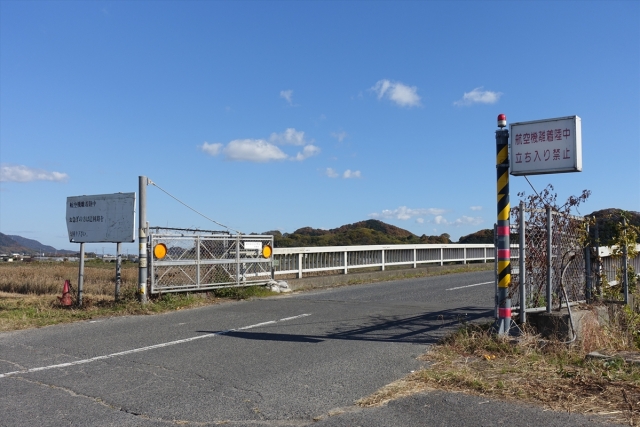
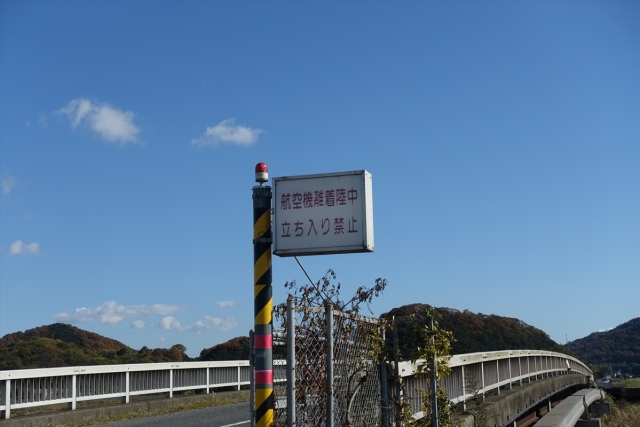
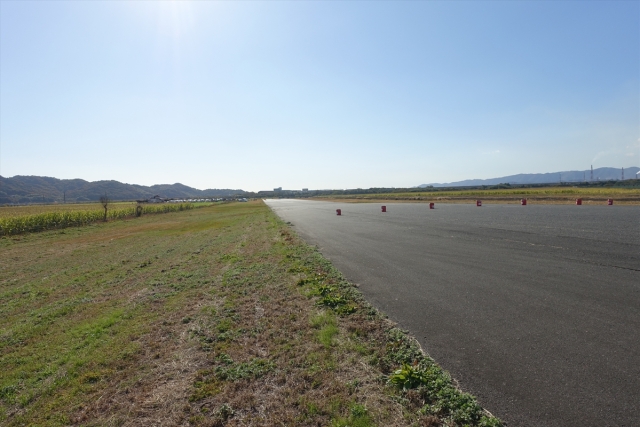
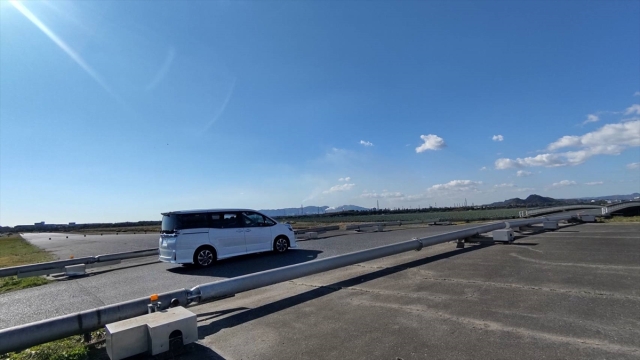
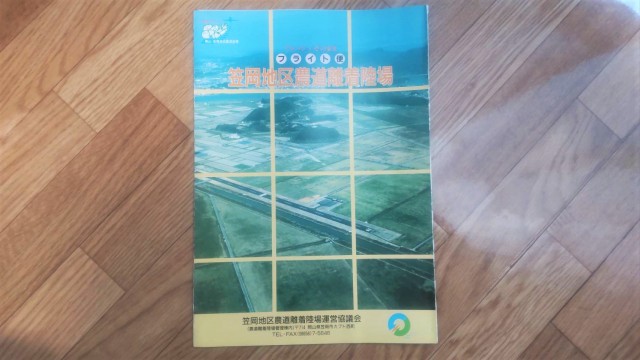
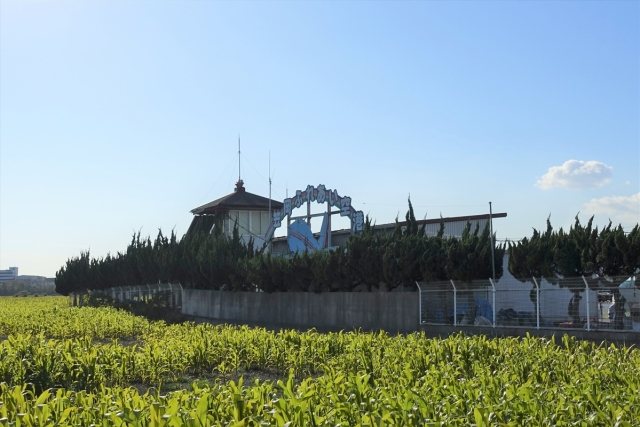
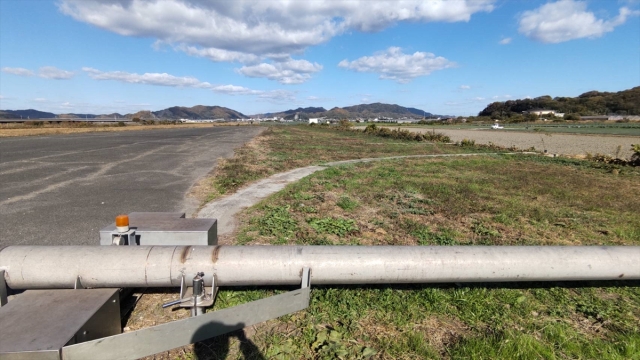
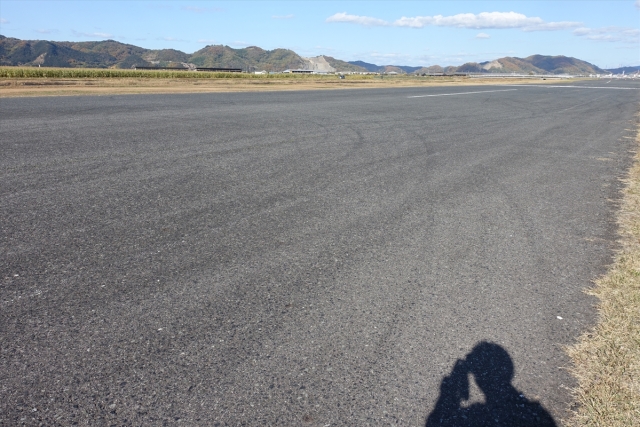
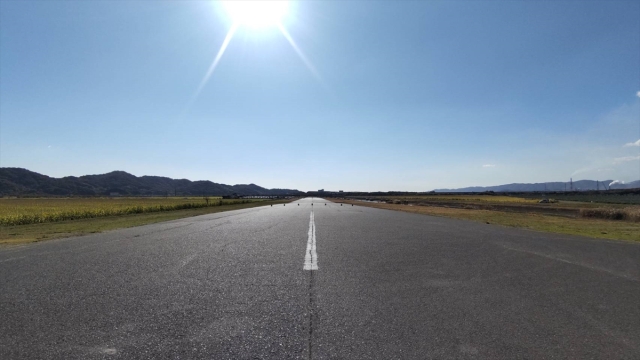
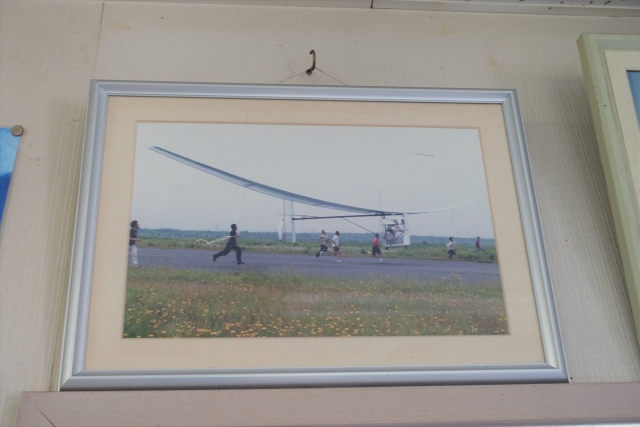
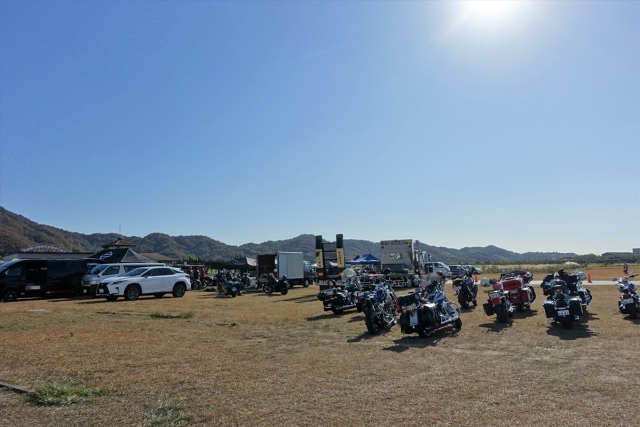
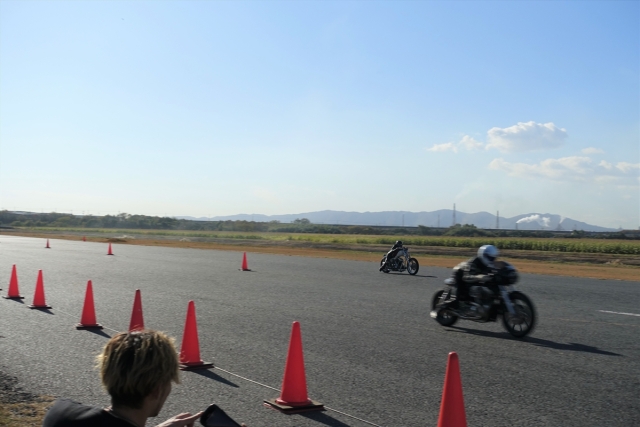
 It’s official: Everyone needs one of these little Ghibli music box capsules 【Video】
It’s official: Everyone needs one of these little Ghibli music box capsules 【Video】 Visiting a maximum security shrine at the foot of the Narita airport runway
Visiting a maximum security shrine at the foot of the Narita airport runway We go to a festival on a Japanese Air Self-Defense Force base, walk on a runway, see cool planes
We go to a festival on a Japanese Air Self-Defense Force base, walk on a runway, see cool planes Hey, you can’t do that! — 10 things that will get you on China’s no-fly list for life
Hey, you can’t do that! — 10 things that will get you on China’s no-fly list for life Remote airport in Shimane serves up the best honey in all Japan: Airport Honey!
Remote airport in Shimane serves up the best honey in all Japan: Airport Honey! McDonald’s new Happy Meals offer up cute and practical Sanrio lifestyle goods
McDonald’s new Happy Meals offer up cute and practical Sanrio lifestyle goods All-you-can-drink Starbucks and amazing views part of Tokyo’s new 170 meter-high sky lounge
All-you-can-drink Starbucks and amazing views part of Tokyo’s new 170 meter-high sky lounge Studio Ghibli glasses cases let anime characters keep an eye on your spectacles
Studio Ghibli glasses cases let anime characters keep an eye on your spectacles Kyoto’s 100 Demons yokai monster parade returns!
Kyoto’s 100 Demons yokai monster parade returns! Beautiful Sailor Moon manhole cover coasters being given out for free by Tokyo tourist center
Beautiful Sailor Moon manhole cover coasters being given out for free by Tokyo tourist center More foreign tourists than ever before in history visited Japan last month
More foreign tourists than ever before in history visited Japan last month Starbucks reopens at Shibuya Scramble Crossing with new look and design concept
Starbucks reopens at Shibuya Scramble Crossing with new look and design concept The oldest tunnel in Japan is believed to be haunted, and strange things happen when we go there
The oldest tunnel in Japan is believed to be haunted, and strange things happen when we go there Is the new Shinkansen Train Desk ticket worth it?
Is the new Shinkansen Train Desk ticket worth it? Super Nintendo World expansion gets delayed for several months at Universal Studios Japan
Super Nintendo World expansion gets delayed for several months at Universal Studios Japan Disney princesses get official manga makeovers for Manga Princess Cafe opening in Tokyo
Disney princesses get official manga makeovers for Manga Princess Cafe opening in Tokyo Beautiful new Final Fantasy T-shirt collection on the way from Uniqlo【Photos】
Beautiful new Final Fantasy T-shirt collection on the way from Uniqlo【Photos】 Foreign English teachers in Japan pick their favorite Japanese-language phrases【Survey】
Foreign English teachers in Japan pick their favorite Japanese-language phrases【Survey】 Japanese convenience store packs a whole bento into an onigiri rice ball
Japanese convenience store packs a whole bento into an onigiri rice ball We try out “Chan Ramen”, an underground type of ramen popular in the ramen community
We try out “Chan Ramen”, an underground type of ramen popular in the ramen community Studio Ghibli releases Kiki’s Delivery Service chocolate cake pouches in Japan
Studio Ghibli releases Kiki’s Delivery Service chocolate cake pouches in Japan Japan’s bone-breaking and record-breaking roller coaster is permanently shutting down
Japan’s bone-breaking and record-breaking roller coaster is permanently shutting down New definition of “Japanese whiskey” goes into effect to prevent fakes from fooling overseas buyers
New definition of “Japanese whiskey” goes into effect to prevent fakes from fooling overseas buyers Our Japanese reporter visits Costco in the U.S., finds super American and very Japanese things
Our Japanese reporter visits Costco in the U.S., finds super American and very Japanese things Studio Ghibli unveils Mother’s Day gift set that captures the love in My Neighbour Totoro
Studio Ghibli unveils Mother’s Day gift set that captures the love in My Neighbour Totoro Foreign passenger shoves conductor on one of the last full runs for Japan’s Thunderbird train
Foreign passenger shoves conductor on one of the last full runs for Japan’s Thunderbird train Domino’s Japan now sells…pizza ears?
Domino’s Japan now sells…pizza ears? New Japanese KitKat flavour stars Sanrio characters, including Hello Kitty
New Japanese KitKat flavour stars Sanrio characters, including Hello Kitty Kyoto creates new for-tourist buses to address overtourism with higher prices, faster rides
Kyoto creates new for-tourist buses to address overtourism with higher prices, faster rides Sales of Japan’s most convenient train ticket/shopping payment cards suspended indefinitely
Sales of Japan’s most convenient train ticket/shopping payment cards suspended indefinitely Sold-out Studio Ghibli desktop humidifiers are back so Totoro can help you through the dry season
Sold-out Studio Ghibli desktop humidifiers are back so Totoro can help you through the dry season Japanese government to make first change to romanization spelling rules since the 1950s
Japanese government to make first change to romanization spelling rules since the 1950s Ghibli founders Toshio Suzuki and Hayao Miyazaki contribute to Japanese whisky Totoro label design
Ghibli founders Toshio Suzuki and Hayao Miyazaki contribute to Japanese whisky Totoro label design Doraemon found buried at sea as scene from 1993 anime becomes real life【Photos】
Doraemon found buried at sea as scene from 1993 anime becomes real life【Photos】 Tokyo’s most famous Starbucks is closed
Tokyo’s most famous Starbucks is closed One Piece characters’ nationalities revealed, but fans have mixed opinions
One Piece characters’ nationalities revealed, but fans have mixed opinions We asked a Uniqlo employee what four things we should buy and their suggestions didn’t disappoint
We asked a Uniqlo employee what four things we should buy and their suggestions didn’t disappoint Princesses, fruits, and blacksmiths: Study reveals the 30 most unusual family names in Japan
Princesses, fruits, and blacksmiths: Study reveals the 30 most unusual family names in Japan Ibaraki Airport mulls name change to “Tokyo Ibaraki Airport” despite not being in Tokyo
Ibaraki Airport mulls name change to “Tokyo Ibaraki Airport” despite not being in Tokyo Typhoon Faxai strands thousands at Narita Airport in Japan【Pics & Video】
Typhoon Faxai strands thousands at Narita Airport in Japan【Pics & Video】 Flight simulation cockpits installed into Haneda Airport hotel lets you fly your rooms away
Flight simulation cockpits installed into Haneda Airport hotel lets you fly your rooms away Blue Impulse’s cockpit version video gives us an intimate look inside an aerobatic plane 【Video】
Blue Impulse’s cockpit version video gives us an intimate look inside an aerobatic plane 【Video】 Flight out of Narita Airport delayed because of a turtle on the runway
Flight out of Narita Airport delayed because of a turtle on the runway Flying in Japan? Your flight may soon be arriving at “Hatsune Miku Airport”
Flying in Japan? Your flight may soon be arriving at “Hatsune Miku Airport” Fukuoka City aims to resume traffic at site of road collapse less than a week after accident
Fukuoka City aims to resume traffic at site of road collapse less than a week after accident Japanese Internet mesmerized by photo showing road that appears to go straight into the sky
Japanese Internet mesmerized by photo showing road that appears to go straight into the sky Our reporter heads to an all-male crossplay event, and the results are gorgeous
Our reporter heads to an all-male crossplay event, and the results are gorgeous Amigara Fault for cars?! Tunnel in Okayama just barely big enough for vehicles to fit through
Amigara Fault for cars?! Tunnel in Okayama just barely big enough for vehicles to fit through Naruto and cast debut in fashion shows around the world, stun from the runway【Photos】
Naruto and cast debut in fashion shows around the world, stun from the runway【Photos】 Japanese photographer brings out the beauty of airports and factories in gorgeous night images
Japanese photographer brings out the beauty of airports and factories in gorgeous night images Mystery “nail house” discovered in Japan
Mystery “nail house” discovered in Japan 2014: The 10 best airports in the world
2014: The 10 best airports in the world Kansai International: The airport that’s never lost a passenger’s bag
Kansai International: The airport that’s never lost a passenger’s bag
Leave a Reply